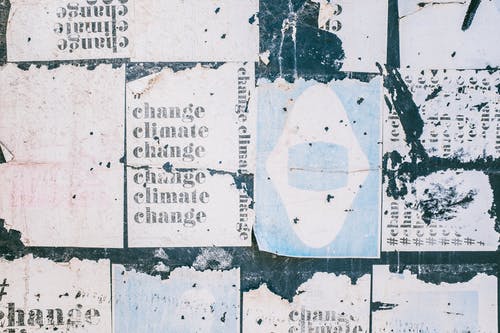Dailycsr.com – 29 October 2020 – The U.S. economy majorly depends on the banks while for the past century “federal policies” were created to help, boost and safeguard the customers and the banking institutions alike.
The “Federal Reserve System” happens to be among the last “central banks” of the “industrial nations” which were organised through the “1913 Federal Reserve Act”. Fed has an important role in overseeing and supporting the U.S banks, while another “oversight and protection system” for the banks has been put at state-level. As a result, for many years, the “licensure activities” of the state’s bank in New York always came after the Federal governments, while foreign banks coming to New York obtained “a state license to operate”.
Amid all these banking oversight as well as protection system, whether regulation, laws or rules, risk over the U.S. banking sector is “regularly addressed” as a central issue. Therefore, risk related question in the current scenario where “climate change challenges” are rising fast “become more critical”.
Therefore, the “Governance & Accountability Institute, Inc.” questions:
“What is the broad scope the financial services sectors’ (and the banking industry’s) responsibilities and accountabilities as seas rise, super storms roar ashore, flood waters rise, enormous wildfires occur, and more?”
“Ceres Accelerator for Sustainable Capital Markets” of Ceres organisation examined the U.S. banks’ “exposure to climate risk” in an attempt to look for answer to the question mentioned here:
“what are the systemic and financial risks of climate change for stakeholders, for the banking industry, and the broader economy?”.
The researchers examined the risks related to the “syndicated lending” of major banks in the U.S. in climate related economic sectors. Here is the key from their observation, in the words of the “MD of the accelerator”, Steven Rothstein:
“Our future depends on banks’ understanding of, and disclosure of, their exposure to major risks like climate change”.
It is encouraging to see more and more “major U.S. banks” taking steps to closely scrutinise the “climate change impacts”. Likewise, Bank of America, like other “big banks”, has decided to disclose the “‘E’ effect of its lending practices”. You can avail the full issue of “G&A’s Sustainability Highlights newsletter” by clicking on the link mentioned below:
https://www.ga-institute.com/newsletter/press-release/article/us-banks-climate-change-whats-the-exposure-to-climate-risk.html
References:
3blmedia.com
The “Federal Reserve System” happens to be among the last “central banks” of the “industrial nations” which were organised through the “1913 Federal Reserve Act”. Fed has an important role in overseeing and supporting the U.S banks, while another “oversight and protection system” for the banks has been put at state-level. As a result, for many years, the “licensure activities” of the state’s bank in New York always came after the Federal governments, while foreign banks coming to New York obtained “a state license to operate”.
Amid all these banking oversight as well as protection system, whether regulation, laws or rules, risk over the U.S. banking sector is “regularly addressed” as a central issue. Therefore, risk related question in the current scenario where “climate change challenges” are rising fast “become more critical”.
Therefore, the “Governance & Accountability Institute, Inc.” questions:
“What is the broad scope the financial services sectors’ (and the banking industry’s) responsibilities and accountabilities as seas rise, super storms roar ashore, flood waters rise, enormous wildfires occur, and more?”
“Ceres Accelerator for Sustainable Capital Markets” of Ceres organisation examined the U.S. banks’ “exposure to climate risk” in an attempt to look for answer to the question mentioned here:
“what are the systemic and financial risks of climate change for stakeholders, for the banking industry, and the broader economy?”.
The researchers examined the risks related to the “syndicated lending” of major banks in the U.S. in climate related economic sectors. Here is the key from their observation, in the words of the “MD of the accelerator”, Steven Rothstein:
“Our future depends on banks’ understanding of, and disclosure of, their exposure to major risks like climate change”.
It is encouraging to see more and more “major U.S. banks” taking steps to closely scrutinise the “climate change impacts”. Likewise, Bank of America, like other “big banks”, has decided to disclose the “‘E’ effect of its lending practices”. You can avail the full issue of “G&A’s Sustainability Highlights newsletter” by clicking on the link mentioned below:
https://www.ga-institute.com/newsletter/press-release/article/us-banks-climate-change-whats-the-exposure-to-climate-risk.html
References:
3blmedia.com


 The Risk Of Climate Change On The U.S. Banks
The Risk Of Climate Change On The U.S. Banks





 Companies
Companies